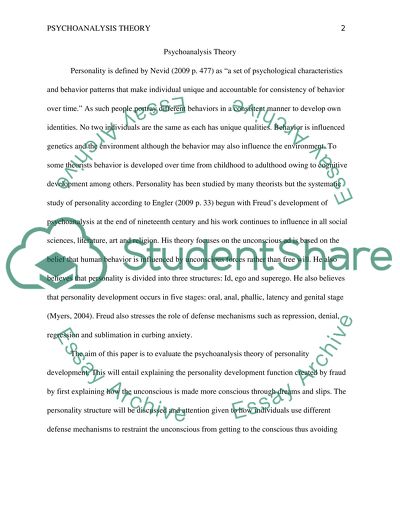Cite this document
(“Analysis of Psychoanalysis Theory Research Paper”, n.d.)
Analysis of Psychoanalysis Theory Research Paper. Retrieved from https://studentshare.org/psychology/1474653-psychoanalysis-theory
Analysis of Psychoanalysis Theory Research Paper. Retrieved from https://studentshare.org/psychology/1474653-psychoanalysis-theory
(Analysis of Psychoanalysis Theory Research Paper)
Analysis of Psychoanalysis Theory Research Paper. https://studentshare.org/psychology/1474653-psychoanalysis-theory.
Analysis of Psychoanalysis Theory Research Paper. https://studentshare.org/psychology/1474653-psychoanalysis-theory.
“Analysis of Psychoanalysis Theory Research Paper”, n.d. https://studentshare.org/psychology/1474653-psychoanalysis-theory.


